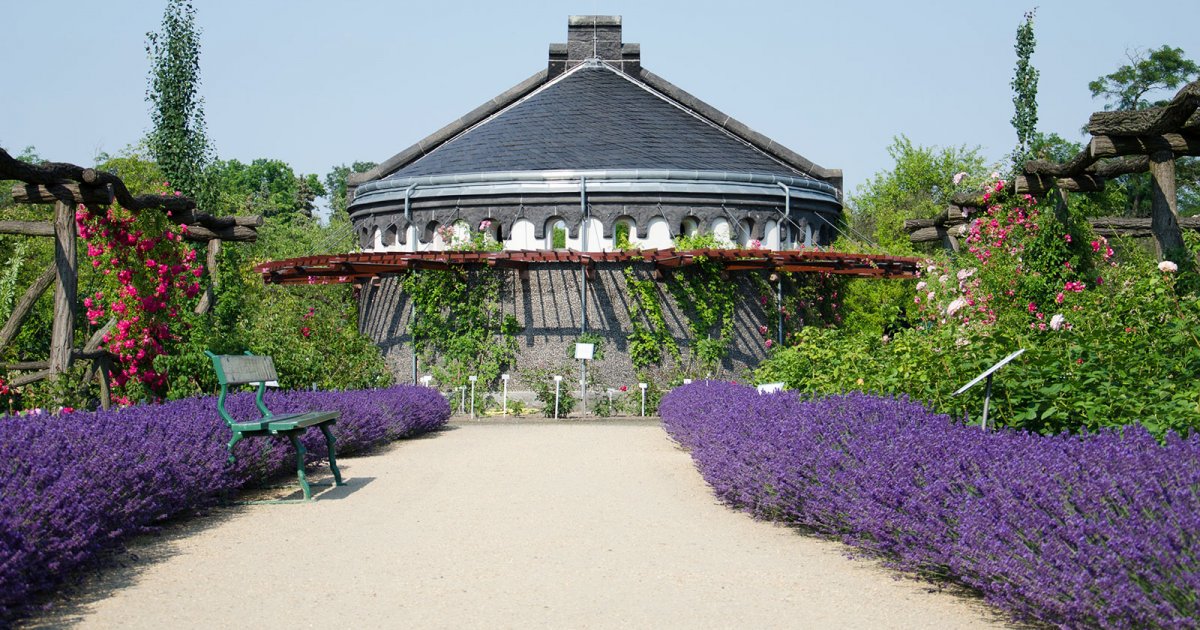BOTANICAL GARDEN, Botanical Garden
 Language: English / USA
Language: English / USA
Hi, my name’s Rick, and I’m your personal guide. Along with MyWoWo, I’d like to welcome you to one of the Wonders of the World: the Botanische Garten.
The Botanische Garten is the largest Botanical Garden in Europe and undoubtedly one of the most important in the world.
With a surface area of over 40 hectares, containing 22,000 different species, this huge botanical garden offers the chance to discover plants from all the continents, from the Alps to the Caucasus and from both sides of the equator.
The history of the Botanical Garden of Berlin began towards the end of the 19th century. The previous garden, created in 1679 and located in the Schöneberg neighborhood, had become too small to contain all the plants arriving in Berlin from the numerous expeditions, especially those in the German colonies. The decision was thus taken to create a huge new botanical garden where all the known species could be planted and studied. The work was directed by the botanist Adolf Engler, who also had the huge greenhouses built, including the large tropical “Grosse Tropenhaus”, the largest in the world at 60 meters long and 30 meters high, as well as a splendid example of an architectural structure built entirely in iron and glass at the dawn of the 20th century.
Next to the Botanical Garden, located along Königin-Luise-strasse, is the Botanical Museum, which contains a vast collection of plants, as well as a fascinating display illustrating the various ways in which plants have been used by mankind, starting, for example, from funeral ornaments created with plants in Ancient Egypt. The Museum is also home to the famous “Herbarium berolinense”, an enormous volume illustrating the virtues of medicinal plants, considered one of the most exhaustive in the world.
The Botanische Garten remains a research facility to this day, and it is part of the Botany Department of the Freie Universität Berlin, the largest university in the city, founded in 1948.
Let me leave you with an interesting fact: to the east of the main visitor route, you’ll find 265 small tanks with water spurting from them for the amphibious plants, and a much larger tank for the tropical plants. They date back to the end of the 19th century, and are still used, despite the presence of the modern aquatic plants sector next to them.



